2025 Honda Pioneer 1000 Buyer’s Guide

$17,599 MSRP
• Cheap, efficient
• honda reliability
• Six-speed DCT
Goodbye CVT.
The CVT is a tried-and-true transmission. Used in side-by-sides and ATVs for decades, it’s hard to find something better, and really puts “if it ain’t broke, don’t fix it,” to work. But what if it was better? What if not every single rig on the market needs a CVT?
Honda had that same thought, which is why big red threw a six-speed DCT into the Honda Pioneer 1000. With paddle shifters and a manual mode, you can fully control the rig’s power. You get torque when you need it at low speeds and power when you need it while blazing down the trail.
It’s the best of both worlds, and doing your best Max Verstappen impression with the paddle shifters might be our favorite thing about this rig.
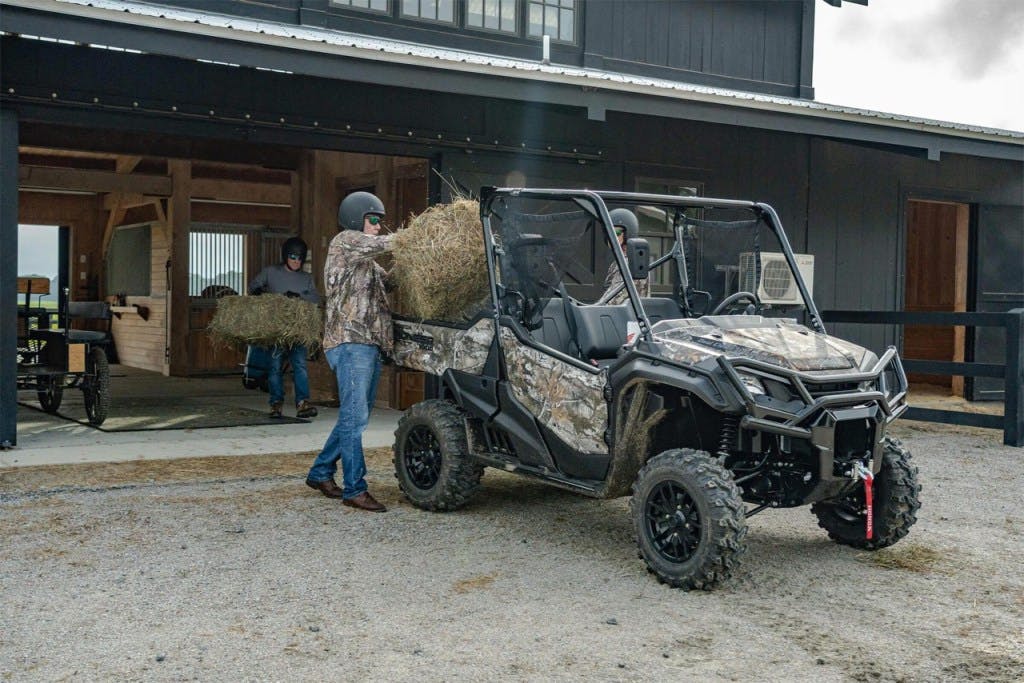
How much power does it make?
Honda won’t give us official power numbers for… reasons… but the online consensus seems to be that it makes around 72-78 hp out of its 999cc parallel-twin. Torque numbers are even harder to find. Take that number with a grain of salt, but if you choose to believe it, you should know that 72 is plenty for a rig this size.
While it may lack when fully loaded with cargo or people, an unladen Pioneer proves to be a spritely machine that’ll play as hard as it works. It may not seem like much, but for gravel roads and light trail rides, that Honda Pioneer will hold its own against other rigs.
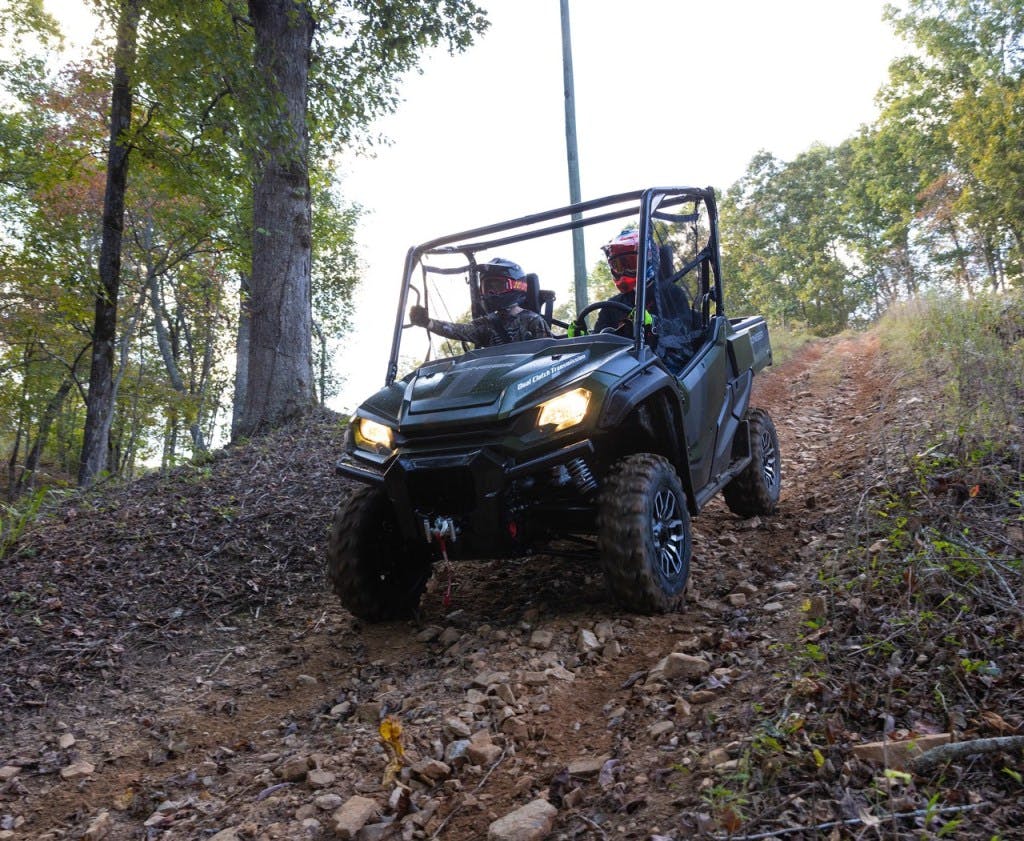
What makes it special?
The DCT is the biggest standout for the Honda Pioneer. In place of a traditional CVT, which is most manufacturer’s go-to when designing a utility or rec-ute, Honda took a leap of faith with a DCT.
If you’re familiar with Honda Motorcycles, you’ll know that the company is no stranger to DCTs. Honda has been building these transmissions for over 15 years, first slapping one in the 2010 VFR1200F. Not only does that give you innovation in the industry, but you also get an in-house-designed Honda transmission. The reliability of it alone makes the buy worth it.
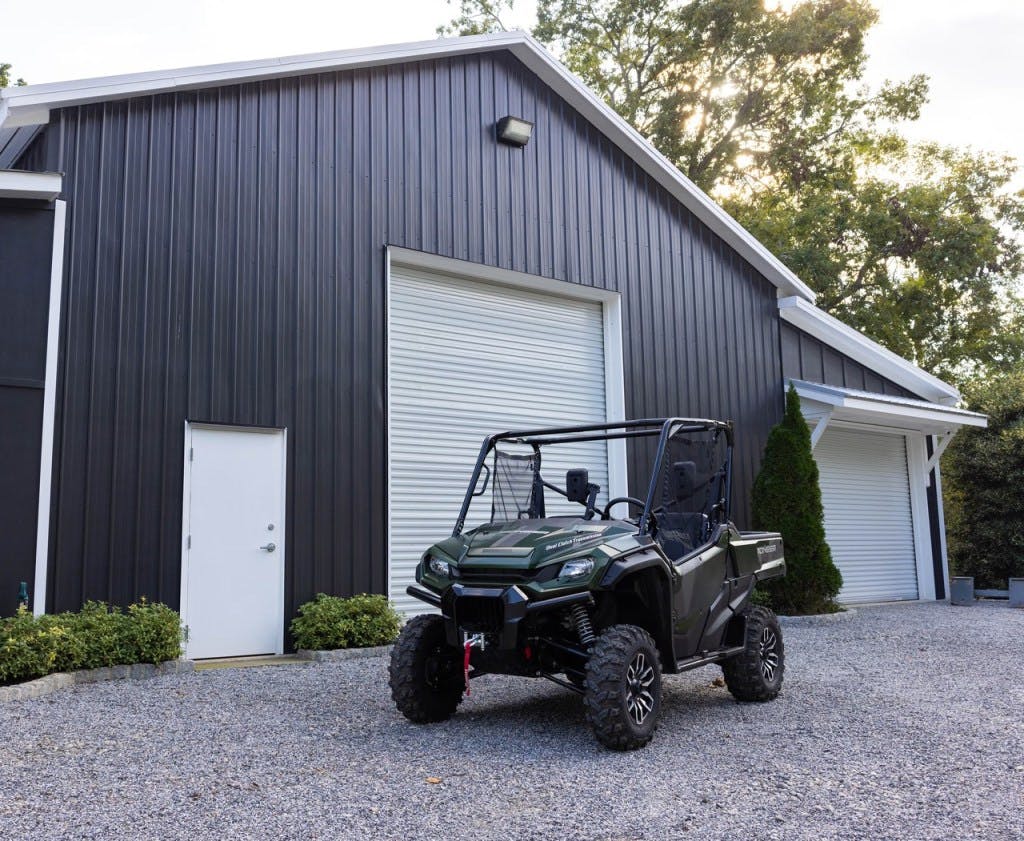
Why do I want it?
The 2025 Honda Pioneer is technically a rec-ute, but it makes a much better case as a utility-first weekend warrior. Whether it’s working, hunting, on light trail rides, or even just going to get the mail, the Honda Pioneer makes the perfect partner.
It’s not a desert-rippin’ sport rig, just a ute equipped with 2,500 lbs of towing and 1,000 lbs of bed capacity in a sub-$20,000 package.
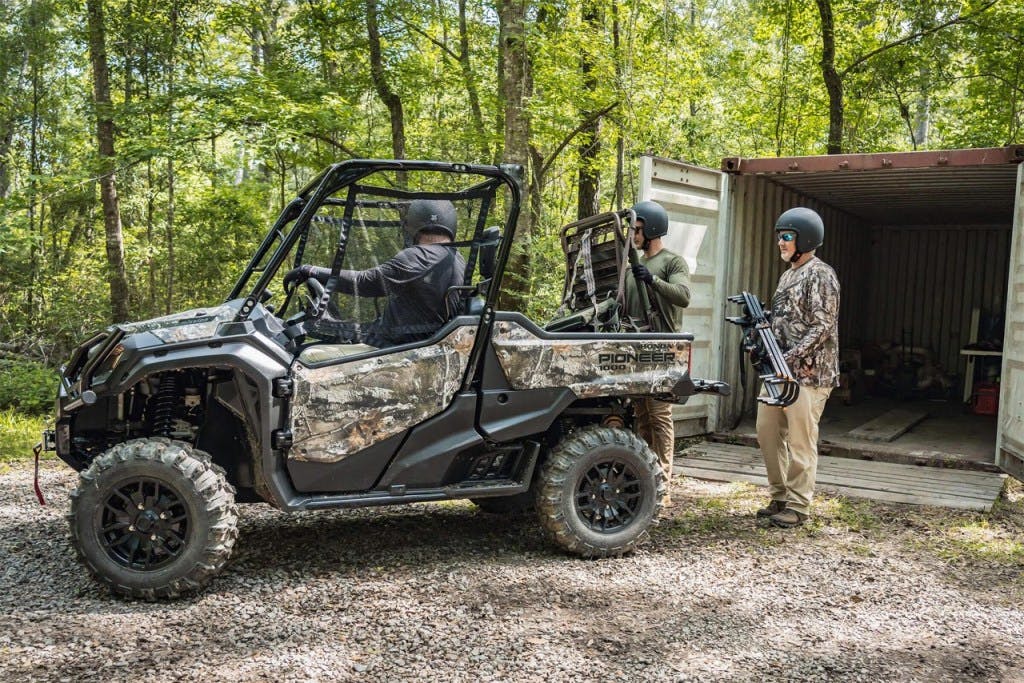
Why don’t I want it?
The Pioneer 1000 is a budget rig. And while that’s great for cost-conscious buyers, sometimes you just need more than what it has to offer. Whether that’s a bigger bed, luxury features, or more trail capability, there are plenty of rigs on the market that do what the Pioneer 1000 does, just better.
What trim do I want?
The trim to go with is the 2025 Honda Pioneer Trail. Yes, that’s the most expensive trim, but that’s easy to justify when it’s not even $3,000 more. For that money, you get half doors with nets, a 4,500-lb Warn winch, and a killer green paint job. If you’re into hunting, this trim also comes in a camo colorway.
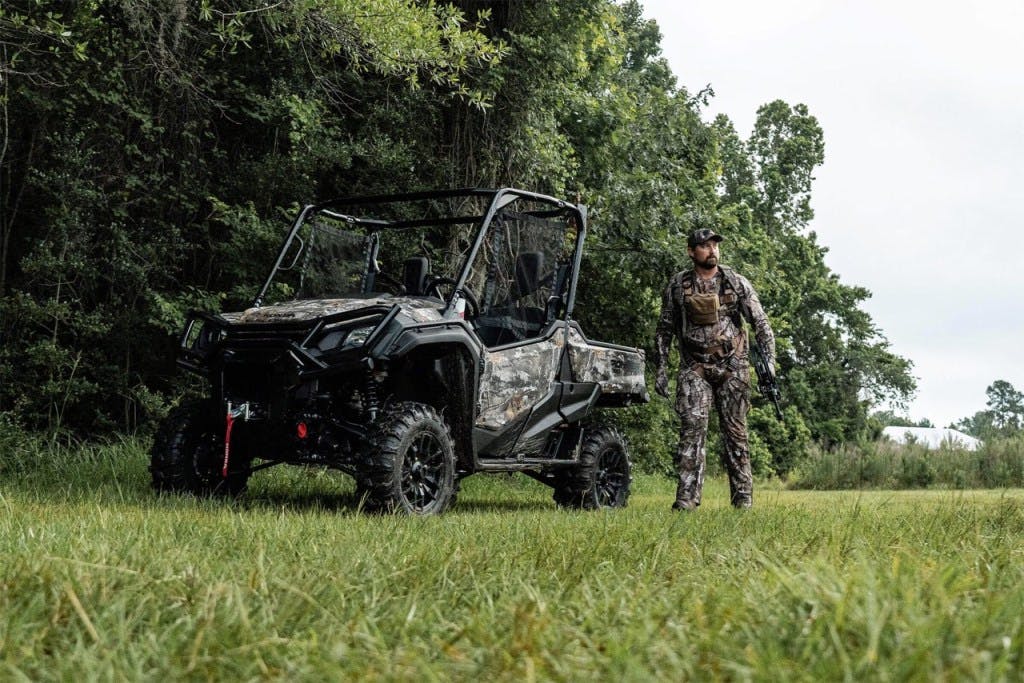
If I like this… what else should I look at?
Just about any other ute on the market will do what the Pioneer 1000 does, if you have the coin. Need something with a bit more composure on the trail? Check out the Yamaha RMAX or Polaris General. For a utility rig with more aftermarket support, see the Polaris Ranger XP 1000 or Can-Am Defender.
2025 Honda Pioneer 1000 Specs
Length: 120.4in.
Width: 63 in.
Height: 76.1 in.
Wheelbase: 80.2 in.
Claimed Curb Weight: 1,654 lbs
Engine: Parallel-twin
Displacement: 999c
Transmission: Six-speed automatic DCT
Claimed Power: 72 hp
Claimed Torque: N/A
Fuel System:Programmed Fuel-Injection
Steering:EPS
Drivetrain: Direct front and rear driveshafts
Front Suspension:Independent double-wishbone; 10.6-inch travel
Rear Suspension:Independent double-wishbone; 10.0-inch travel
Front Brakes:Dual 210.0mm hydraulic discs
Rear Brakes:Dual 210.0mm hydraulic discs
Wheels F/R: 14-inch steel (Base, Deluxe), 14-inch aluminum-alloy (Trail, Camo)
Tires F/R: 27 x 9-14, 27 x 11-14
Bed Capacity: 1,000 lbs
Towing Capacity: 2,500 lbs.
Seating Capacity: 2
Ground Clearance: 13.6 in.
Fuel Capacity: 7.9 gal, 1.7 gal reserve
